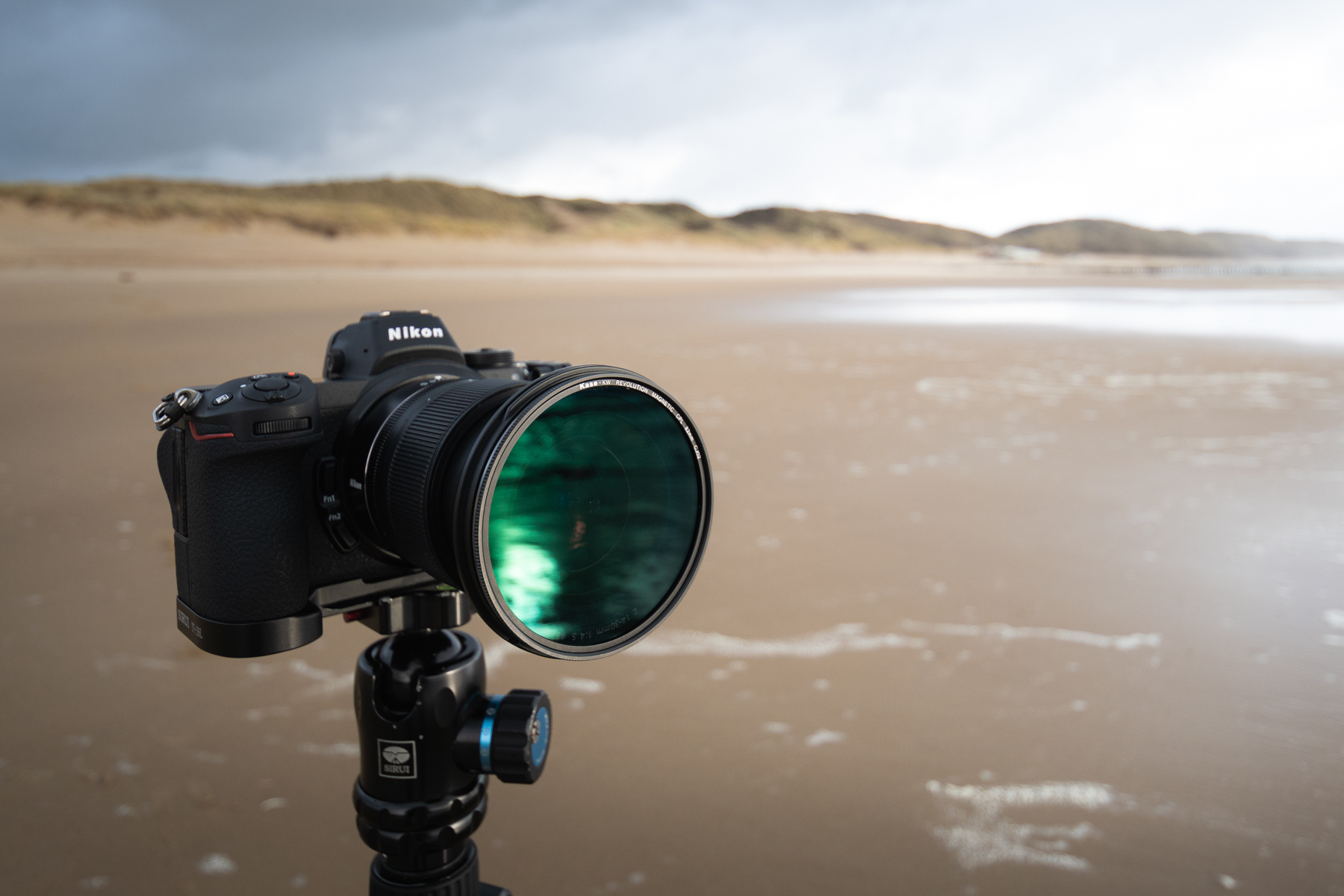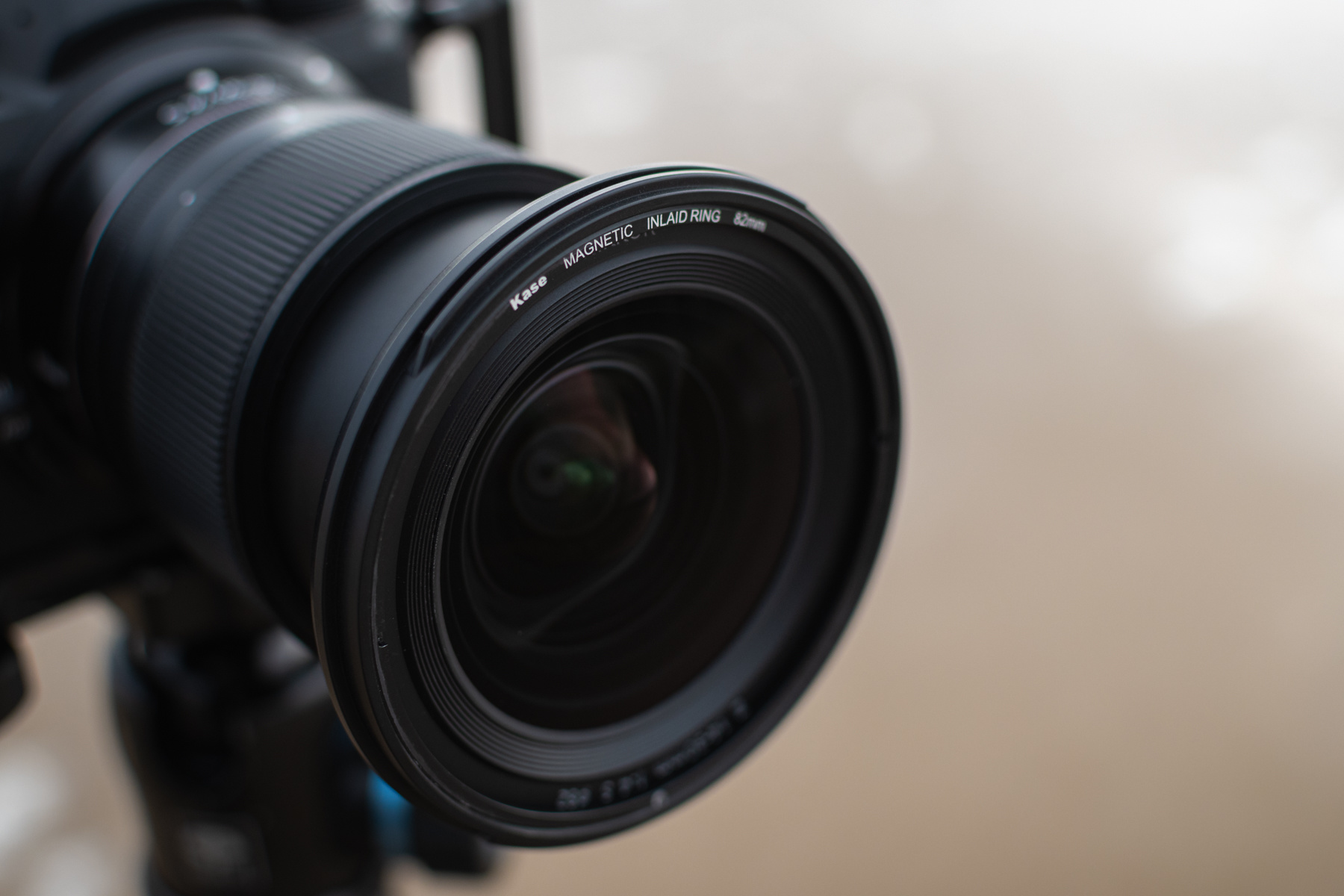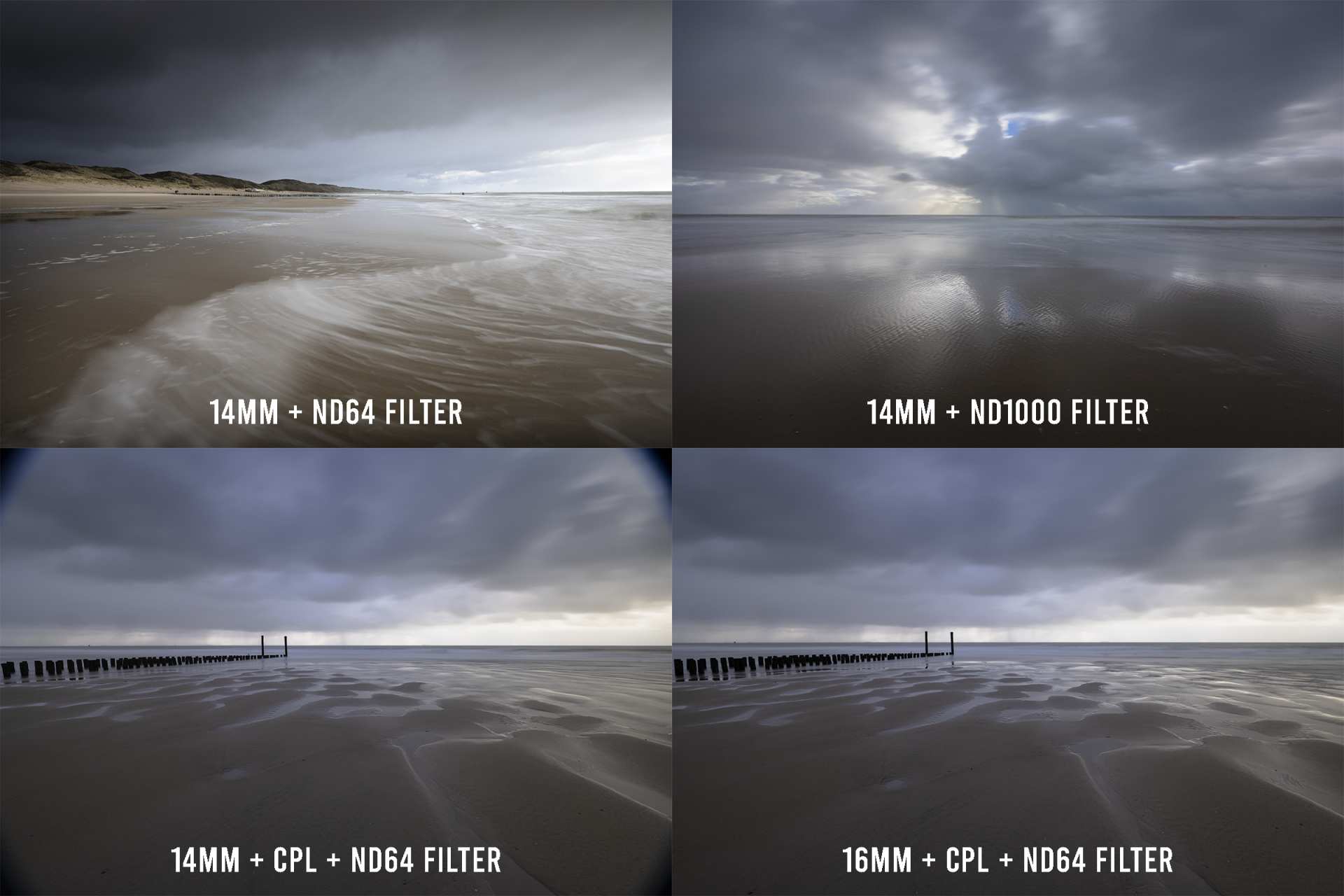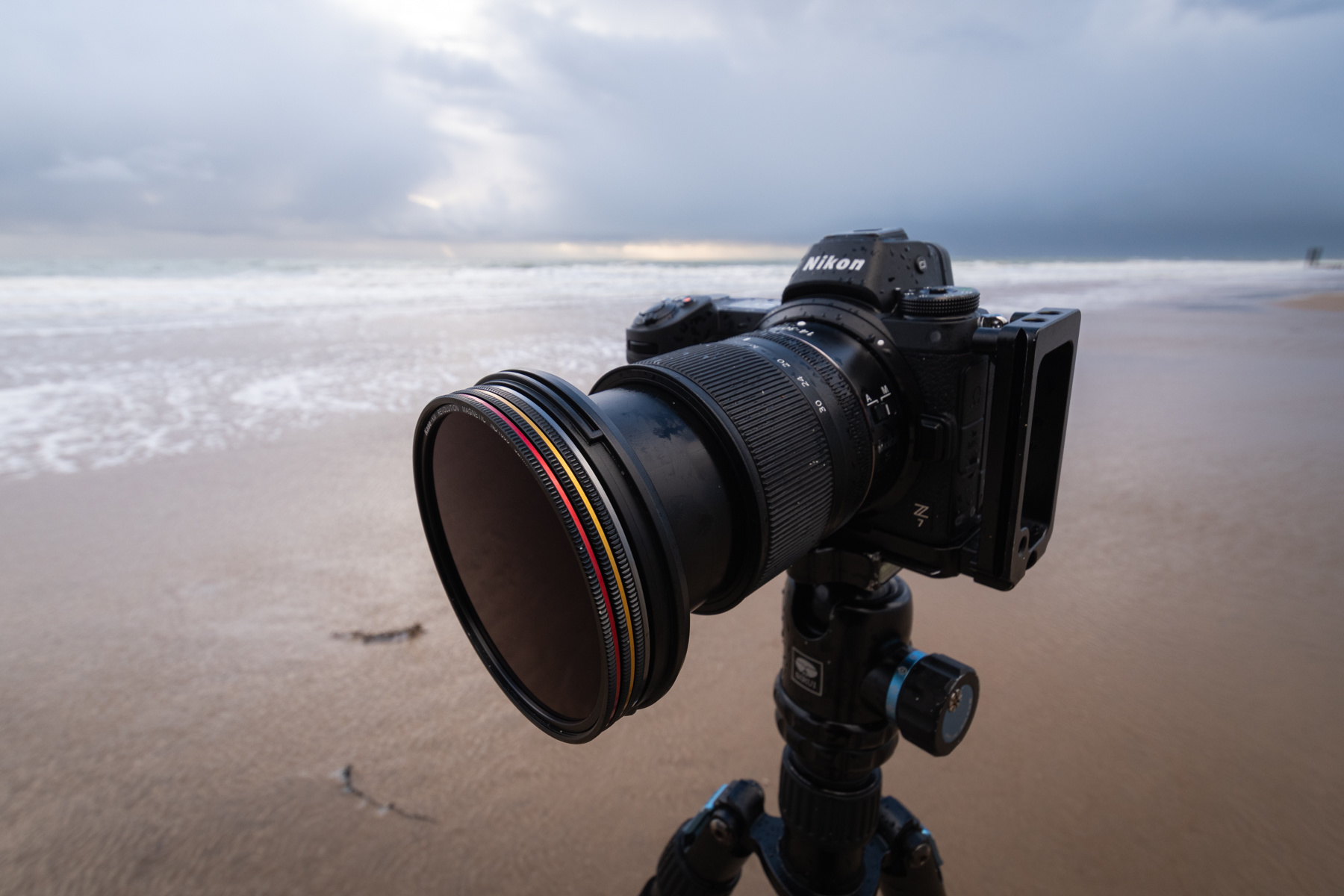Kase KW Revolution Kit Review
The KW Revolution Filter system is the latest circular filter system from Kase
Share
Release time:2023-02-02
Author: Thom Brouwer
Learn more: https://www.instagram.com/thombrouwer/ http://www.facebook.com/thombrouwerphotography
The KW Revolution Filter system is the latest circular filter system from Kase. The kit includes 3 different strengths ND filters and a polarization filter.
The name of the kit implies quite a groundbreaking improvement over the previous systems. Can Kase actually deliver on this? You read it in this review.

Contents
The complete kit consists of a compact bag containing 3 ND filters: a 3-stop ND8, a 6-stop ND64 and a 10- stop ND1000 filter. In addition,
the set is completed with a CPL (polarization) filter, two adapter rings and a magnetic lens cap that fits on the filters.
Adapter rings and installation
With this system you can choose from 2 ways to install your filters. First of all, there is the option to screw the traditional magnetic adapter ring onto the screw thread of your lens.
Then you simply have to 'click' the filters onto the adapter ring, because the magnetic connection is firm and secure.
This is what we have come to expect from previous circular filter systems.
What is new is the magnetic insert ring. A very thin and light ring that stays in the interior of your screw thread, so that the adapter ring does not end up on the outer edge of your lens.
As a result, the filter that you then click on is closer to the glass of your lens, and the chance of vignetting in wide angle is reduced.
Whether this succeeds at all, we will soon find out. The insert ring needs to be screwed in with a plastic wrench, which feels a bit rickety when you put pressure on it,
but that might be a good thing.
The last thing you want is to pop a solid part and scratch the precious glass of your lens! It seems a bit cumbersome to screw in this way,
but: it is a great advantage that you can then just leave the insert ring in place.
First of all, you will not be bothered by elements that protrude from the outside of your lens and that get caught in your camera bag,
and with the insert ring placed there is always the option to quickly add a filter.
Even when you store the camera again, there is no immediate need to remove the insert ring, because the original lens cap and/or the magnetic lens cap from Kase will also fit.
The only reasons to remove the ring that I can think of would be to thoroughly clean your lens, or if you're also using a square filter system for the graduated filters.
The connection between the insert ring and the filters themselves is also very strong here.
Even with a firm tap against the tripod, the connection will not loosen, so you don't have to worry about losing a filter while moving.

The Filters
As a rule, Kase's filters are not negotiable. As you would expect from Kase, the filters are very sturdy, clear, there is no disturbing color cast and the images retain their sharpness.
In addition, during the landscape photography sessions on the coast with these filters, I did not suffer from flares or ghosting.
Furthermore, the filters do what they are supposed to do very well. The CPL blocks any interfering ones reflections and boosts contrasts depending on how you rotate the filter.
This rotation is easy and smooth by turning the outer ring of the filter itself.
With the use of the ND filters you can extend the shutter speeds. A useful function for the landscape photographer who wants to play with the various effects of this,
but also for the videographer, for example, who wants to reduce the excessively strong light.
In that respect, there is not much exciting to report about the filter glass itself (after all, it does what it should do).
But then about those outer rings.

Color coding
That's the way it is. Often the best inventions that are made lead to the following thought: why was this never thought of before!
The color coding of the outer rings is as simple as it is effective: silver for CPL; red for ND1000; yellow for ND64; blue for ND8.
How many times in the field have I handled every filter I have in my bag before I got hold of the right one.
The previous circular filters all look the same from the outside, so you either had to be organized to put your filters in the right place back in your bag
(which I never am in the heat of the moment), or like me So take a chance and lose precious time. Not anymore.

User -Friendliness
Because with that simple solution of color coding you will never go wrong again. You have the right filter at a glance,
and because of the speed of the system and the already placed ring you have placed your filter in a few seconds.
With a square system I often have to fiddle a bit more because the filter is more firmly attached, and then needs to be pushed back properly.
With this Kase Revolution in your haste you forgot to do the light measurement? No problem, click the filter off for a moment, and then back again: 2 seconds work.
In addition to this user-friendliness, the kit has another major advantage. The whole is extremely light and compact.
The small bag containing everything you need fits easily into any camera bag, without sacrificing too much space in the often already overcrowded bag.
This makes this kit fast, compact and complete. As a landscape photographer, don't I miss the gradient filters in practice?
No, not really, because other solutions can be devised for this in the field and in post-processing.
And as you can read in the review of the Kase Magnetic Circular Master Kit IV, a gradient filter on a circular system is actually not (yet) practical.

Vignetting
What about the vignetting of this filter kit? Kase seems to have taken the feedback about the shortcomings of the circular filters for wide-angle users to heart.
When using a filter, there is certainly no disturbing vignetting present, or at least, no vignetting that is not very easy to push away in post-processing.
Even at a focal length of 14mm, there are hardly any dark corners.
However, vignetting does occur at 14mm when using 2 or more filters. You may wonder how often this situation occurs.
I rarely use a CPL and ND filter at the same time, partly because a CPL is already a bit darker in itself, so that the shutter speed is already slightly extended.
Often this is enough for my purposes. A 10 stops + 3 or 6 stops ND together actually never happens to me, shutter speeds do become extremely long that way.
If you still want to apply the above, it will suffice to zoom in slightly to 16mm, because at this focal length you will automatically remove the vignetting from your image.
Conclusion
I myself had circular screw filters for a while before I got too impatient for that and started working with the square filters in the Kase KW100 K9 kit.
At the moment I am very strongly inclined to make a switch again, to the ease of use of this circular Kase KW Revolution Kit.
As far as I'm concerned, this kit lives up to its name.
The enormous user-friendliness (partly due to the color coding), the speed, the compactness,
the minimal weight and the absence of vignetting make this kit a winner to have in your bag.

Related News

![[Review]The user experience of the Kase Reflex Lens 200mm [Review]The user experience of the Kase Reflex Lens 200mm](/npublic/img/s.png)



